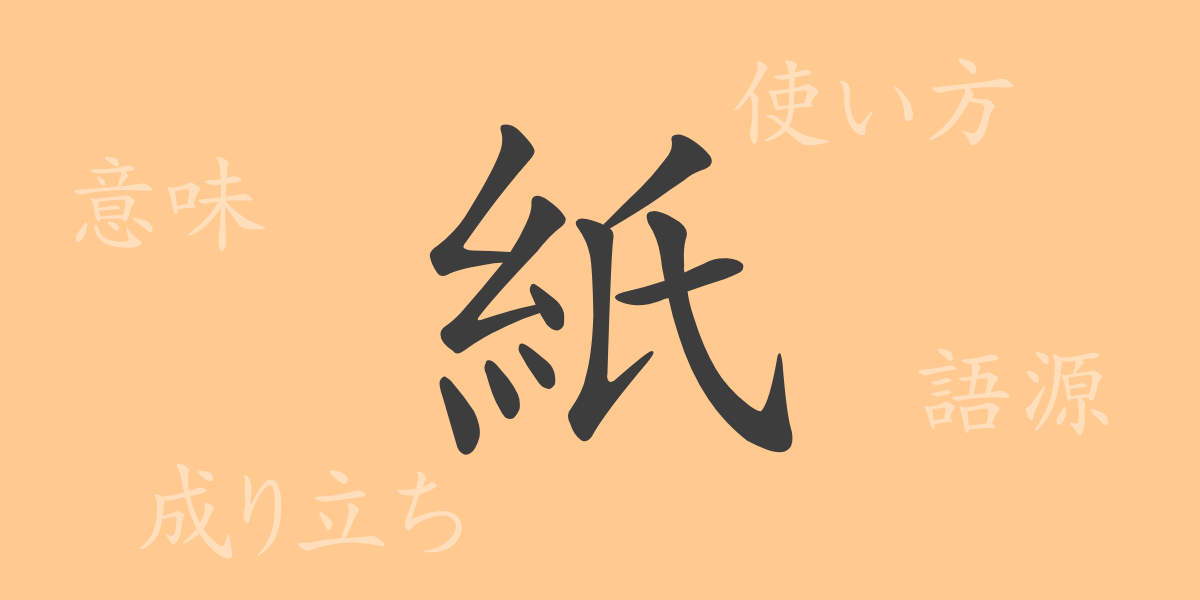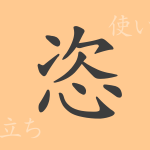The thin and lightweight material known as “紙(かみ)” is indispensable in our daily lives. This material has played a significant role in human culture and communication from ancient times to the present. However, have you ever deeply considered how each sheet of paper reaches our hands, its history, or its meaning? This article focuses on the commonly used Japanese kanji “紙(かみ)”, unraveling everything from its origins, meanings, and uses to idioms and proverbs associated with it.
Origins of 紙(かみ) (Etymology)
The origin of “紙(かみ)” dates back to ancient China. Around the 2nd century BC, a man named Cai Lun improved the papermaking process by using tree bark and hemp fibers instead of silk or bamboo, making paper more accessible. This technology eventually spread to Japan, leading to the production of washi (traditional Japanese paper). The term “紙(かみ)” originally came from the word “帛(はく)”, which meant a thin material and gradually began to refer specifically to paper.
Meanings and Uses of 紙(かみ)
Paper is used for writing, printing, wrapping, and decorating. It is also an essential means of recording and transmitting information. Even in the digital age, the warmth and texture of paper have an irreplaceable charm that electronic devices cannot replicate. Various types of paper exist depending on their use, enriching our lives with their diversity.
Readings, Stroke Count, and Radical of 紙(かみ)
The common kanji “紙(かみ)” has specific readings and structural elements:
- Readings: The on’yomi (音読み) reading is “シ”, and there is no specific kun’yomi (訓読み) reading.
- Stroke count: The kanji “紙(かみ)” has a total of 10 strokes.
- Radical: The radical is “糸(いとへん)”, which relates to threads or fibers.
Idioms, Phrases, and Proverbs Using 紙(かみ)
Idioms, phrases, and proverbs related to paper reflect its usage and cultural significance. For example, “一紙半銭(いっしはんせん)” means something of very low value, and “紙一重(かみひとえ)” represents a very slight difference. These expressions symbolically use the thinness and lightness of paper, showcasing the richness of the Japanese language.
Conclusion on 紙(かみ)
Through this article, you have gained an understanding of the history, meanings, uses, and depth of expressions associated with paper. Even in the digital age, paper retains its unique charm and remains an integral part of our lives. Paper will continue to play a vital role in supporting our expressions and communication in the future.

























